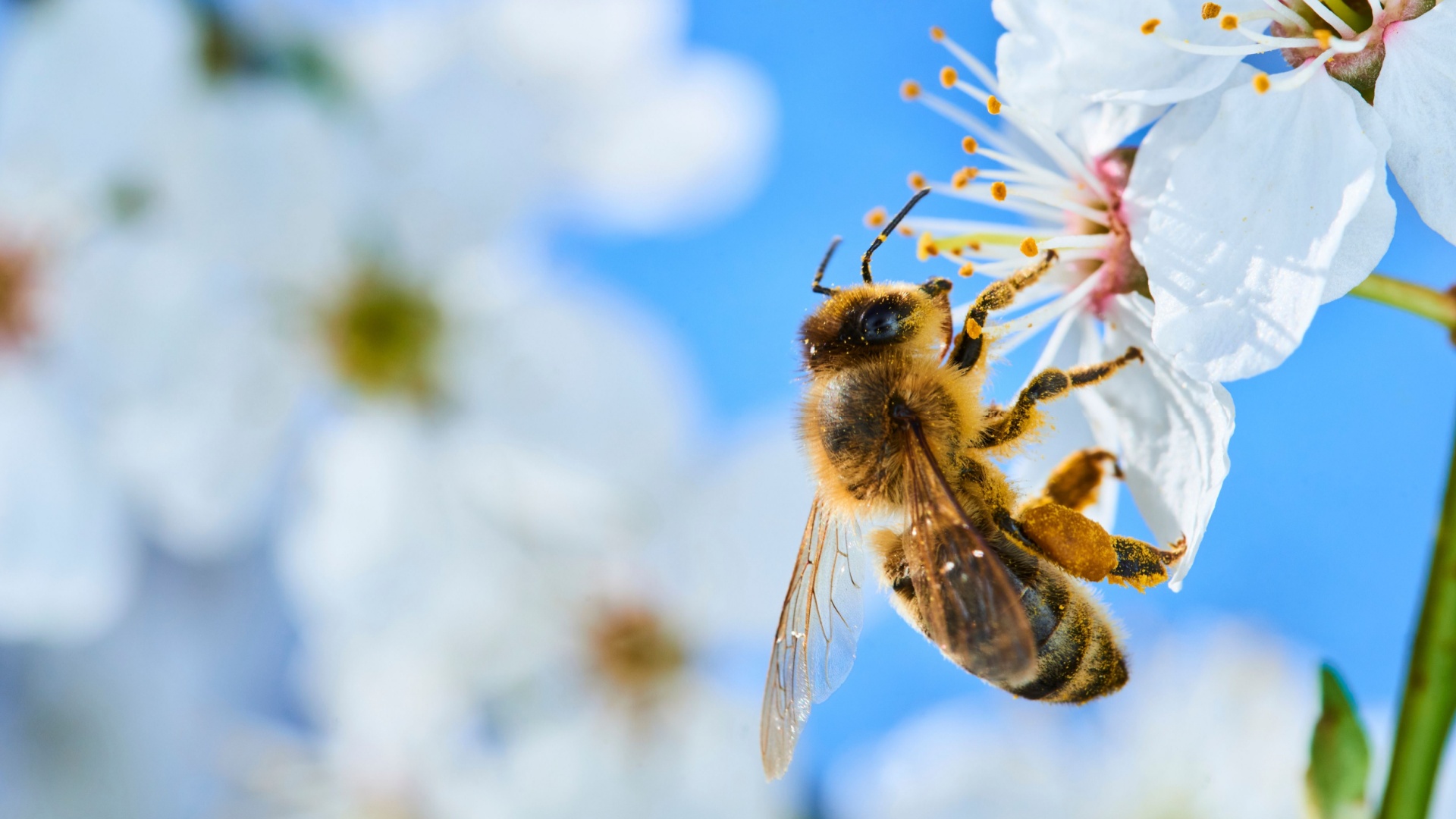Honey bees are so much more than buzzing garden visitors. They are pollination pros, honey-making masters, and surprisingly clever little creatures with some wild secrets.
Ever heard of a bee that can dance for directions? Or one that can recognize your face? Yep, they’re full of surprises!
From their impressive teamwork to their quirky habits, honey bees play a bigger role in nature (and our lives) than most people realize.
Whether you’re curious about their sweet skills or just want to know what makes them such fascinating insects, these facts will have you looking at honey bees in a whole new way.
Trust me, you won’t want to miss what these incredible pollinators are capable of!
1. Bees Can Recognize Faces
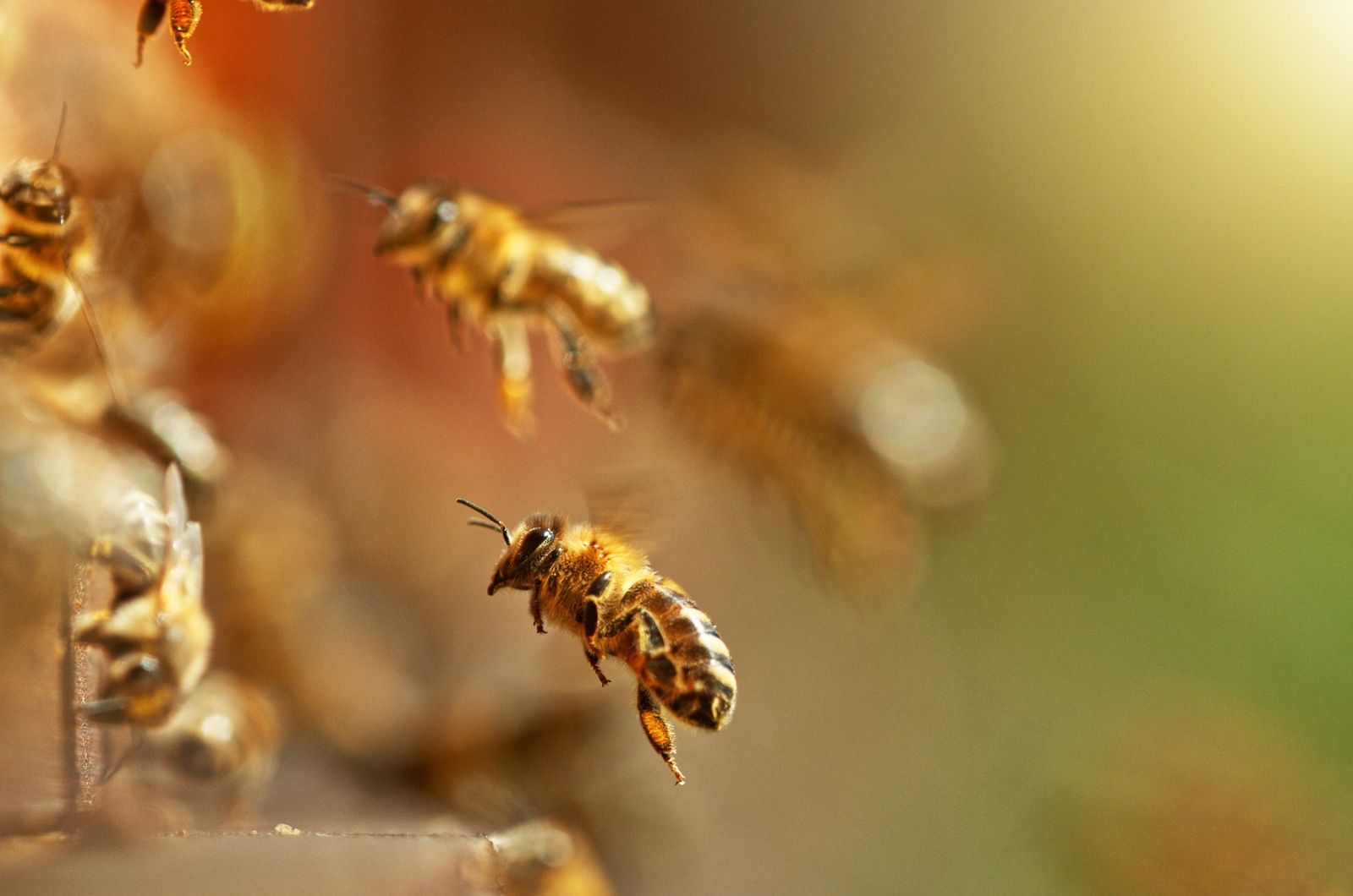
Believe it or not, honey bees can actually recognize human faces! Yep, these tiny insects are better at remembering you than you’d think.
Bees use a process called pattern recognition, similar to how humans identify faces. They’re not admiring your smile, though – they’re just great at spotting familiar shapes and details, like the patterns on flowers.
So, if you’re a regular around a hive, there’s a good chance the bees know who you are. Why does this skill matter? It helps them identify hive members and possible threats. Plus, it’s pretty impressive for a bug with a brain the size of a sesame seed, right?
So next time a bee gives you a long stare, don’t worry – it’s probably just trying to figure out if you’re friend or foe.
2. A Bee Makes A Teaspoon Of Honey
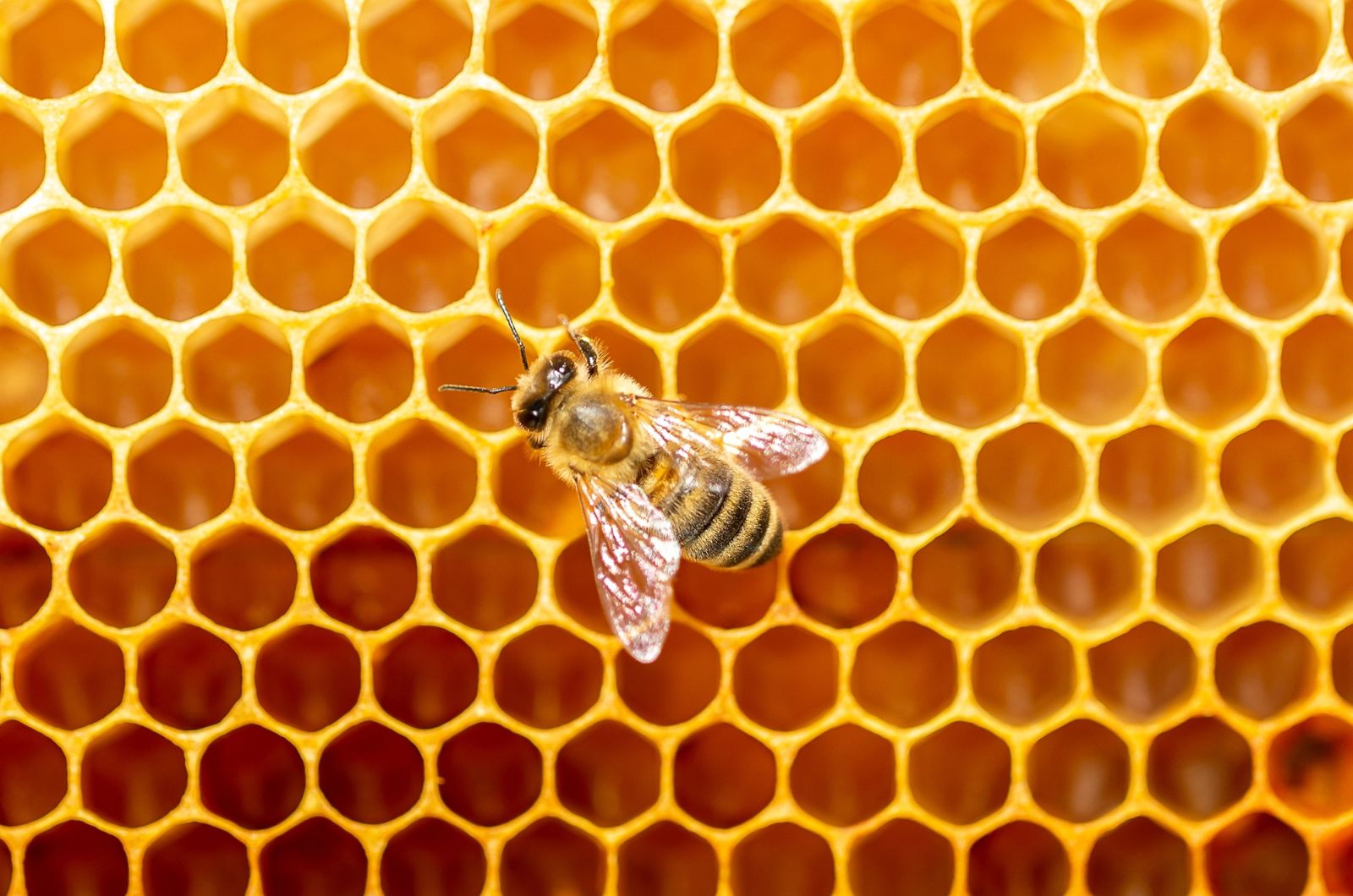
One bee’s entire life’s work? About one teaspoon of honey – that’s it! Feels a bit humbling next time you drizzle some on your toast, doesn’t it?
Honey production is a massive team effort. Each worker bee collects nectar, flying back and forth to flowers thousands of times during her life. The nectar is stored in their honey stomach (yes, they have a special one just for this), where it mixes with enzymes to begin the honey-making process. Back at the hive, they pass the nectar around until it thickens into honey – basically, bee teamwork at its finest.
Since one bee only makes a tiny amount, it takes thousands of bees working together to fill a single jar.
So next time you open a jar of honey, remember the buzzing workforce behind every drop!
3. Honey Lasts Forever
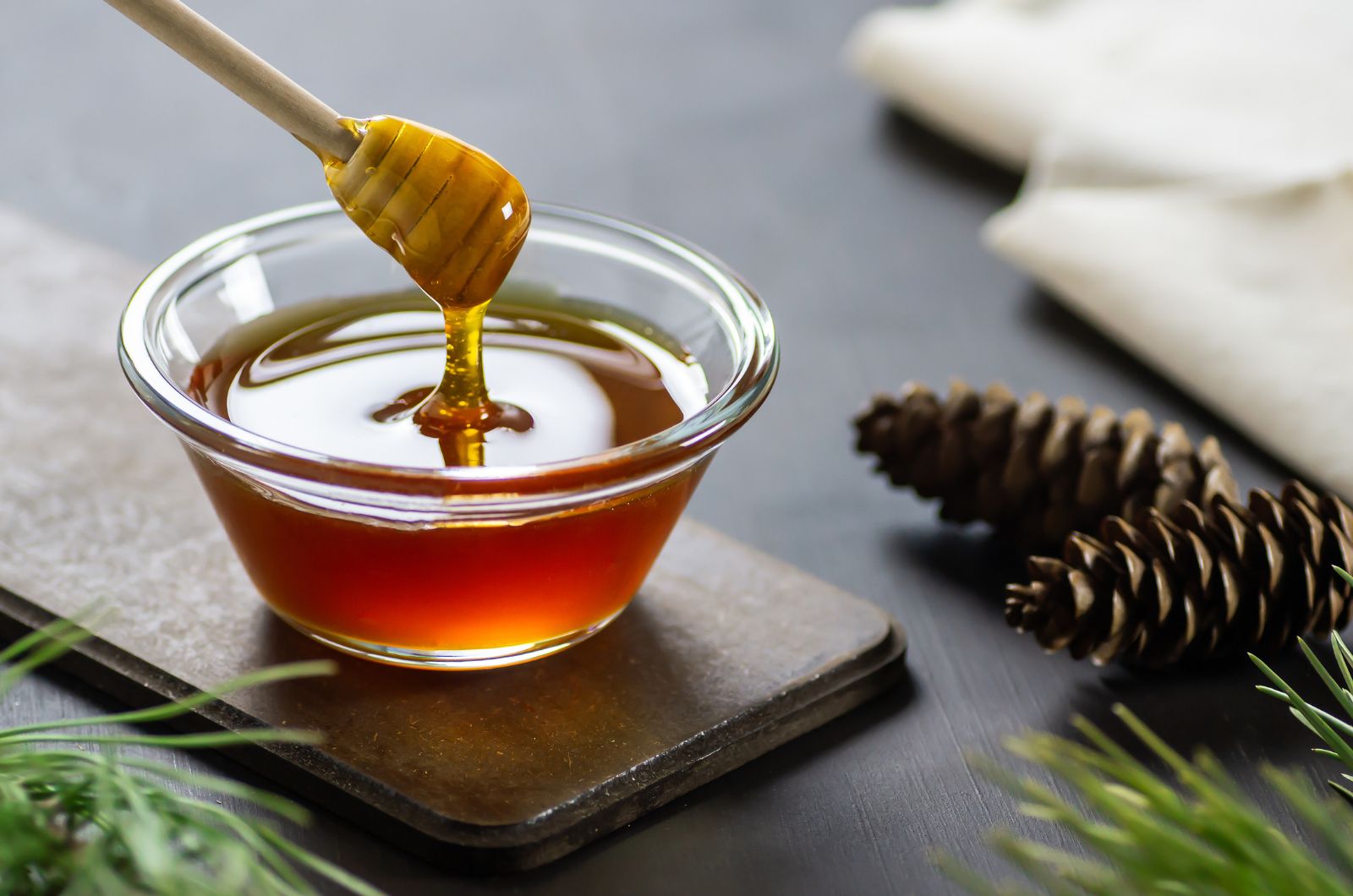
Honey might just be the closest thing to edible liquid gold. It never spoils – like, ever.
Archaeologists have even found jars of honey in ancient Egyptian tombs that were still perfectly safe to eat after thousands of years.
How is that even possible? Honey’s magic lies in its low moisture content and natural acidity, which make it nearly impossible for bacteria or mold to survive. Bees also add an enzyme called glucose oxidase while making honey, which produces hydrogen peroxide. Pretty cool, right?
While honey technically lasts forever, its texture might change over time, getting a bit grainy as it crystallizes (totally normal, by the way).
So that forgotten jar in your pantry? Still good – just warm it up, and it’ll be back to its sweet, smooth glory.
4. Bees Have Five Eyes
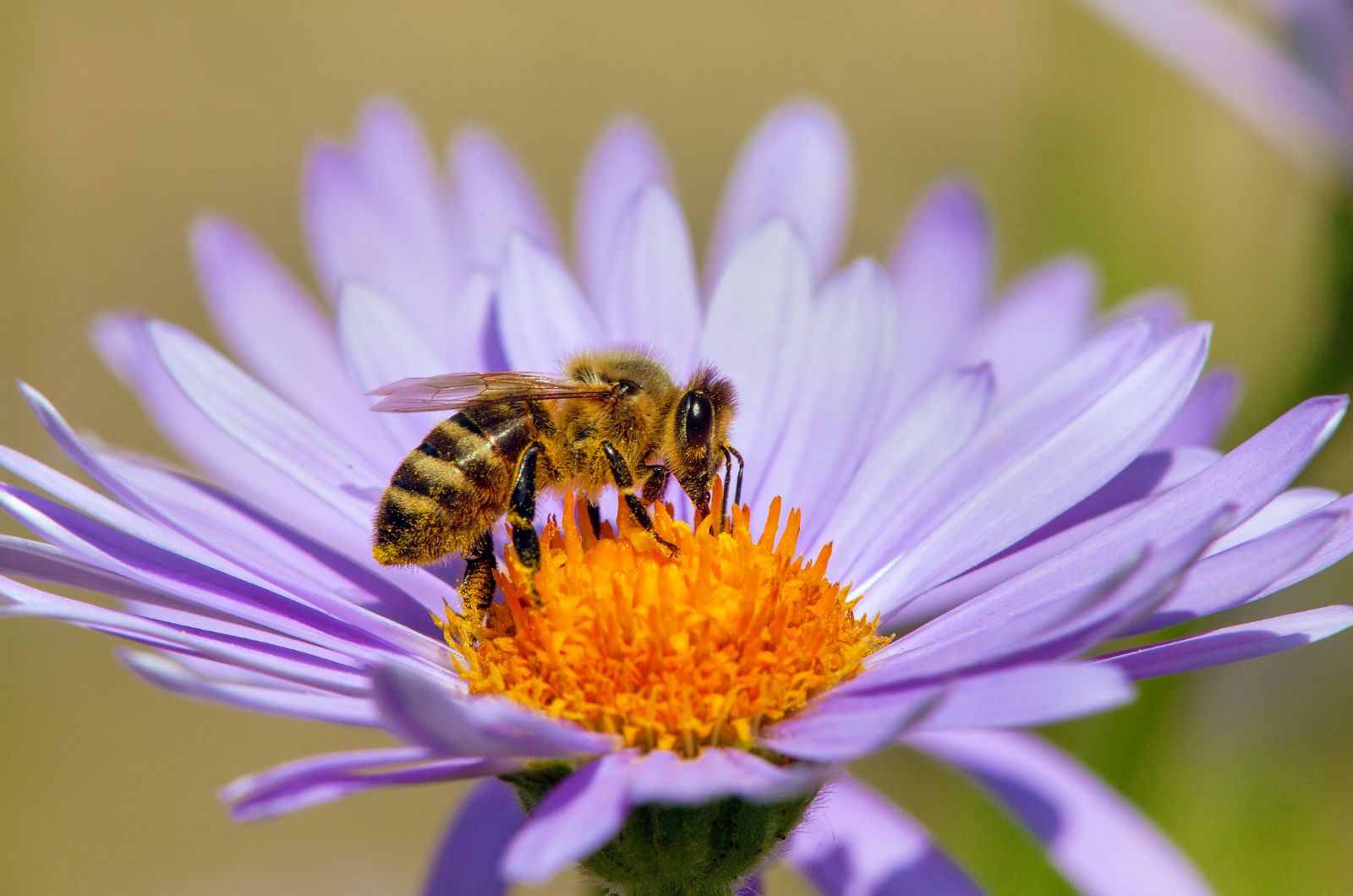
Honey bees aren’t just multi-taskers; they’re multi-viewers too. On top of their two large compound eyes (the ones on the sides of their head), they’ve got three smaller eyes called ocelli right in the middle of their forehead.
The compound eyes help them see movement and colors, perfect for spotting flowers in a blur of green leaves. The smaller ocelli, on the other hand, detect light intensity, helping bees navigate and stay oriented while flying.
It’s like their built-in GPS system for keeping track of the sun. Imagine being able to keep your eyes on the road while also noticing every slight shadow behind you – bees are that cool.
So while they’re zipping from flower to flower, they’re constantly processing the world in a way humans can only dream of.
5. Worker Bees Are Female
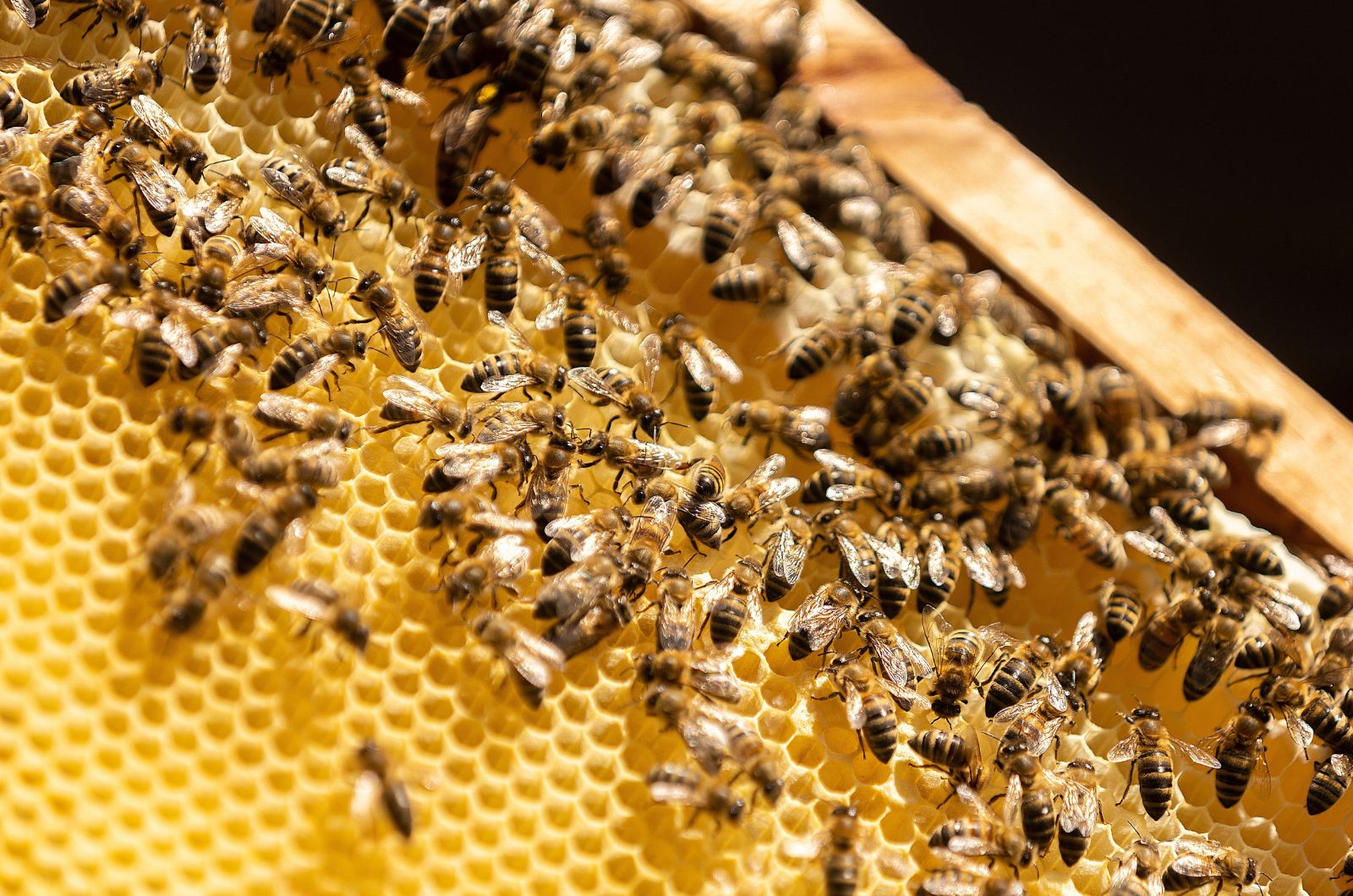
It’s a girl-powered world inside the hive! Every single worker bee you see collecting nectar, building honeycombs, and protecting the colony is female.
These ladies handle all the hard work, from foraging to hive cleaning – talk about multitasking pros! Meanwhile, the male bees (called drones) have one job: mate with the queen. That’s it. No stinger, no nectar collecting, no hive maintenance. Just one task and they’re done.
Worker bees even control the hive’s temperature, fanning their wings to keep things cool during hot weather. And when danger strikes? Female bees are the ones armed with stingers to defend the colony.
Basically, if the hive were a business, the worker bees would be running every department. So next time you spot a bee hard at work, you can bet she’s a boss bee doing it all for the good of the hive.
6. Bees Dance To Communicate
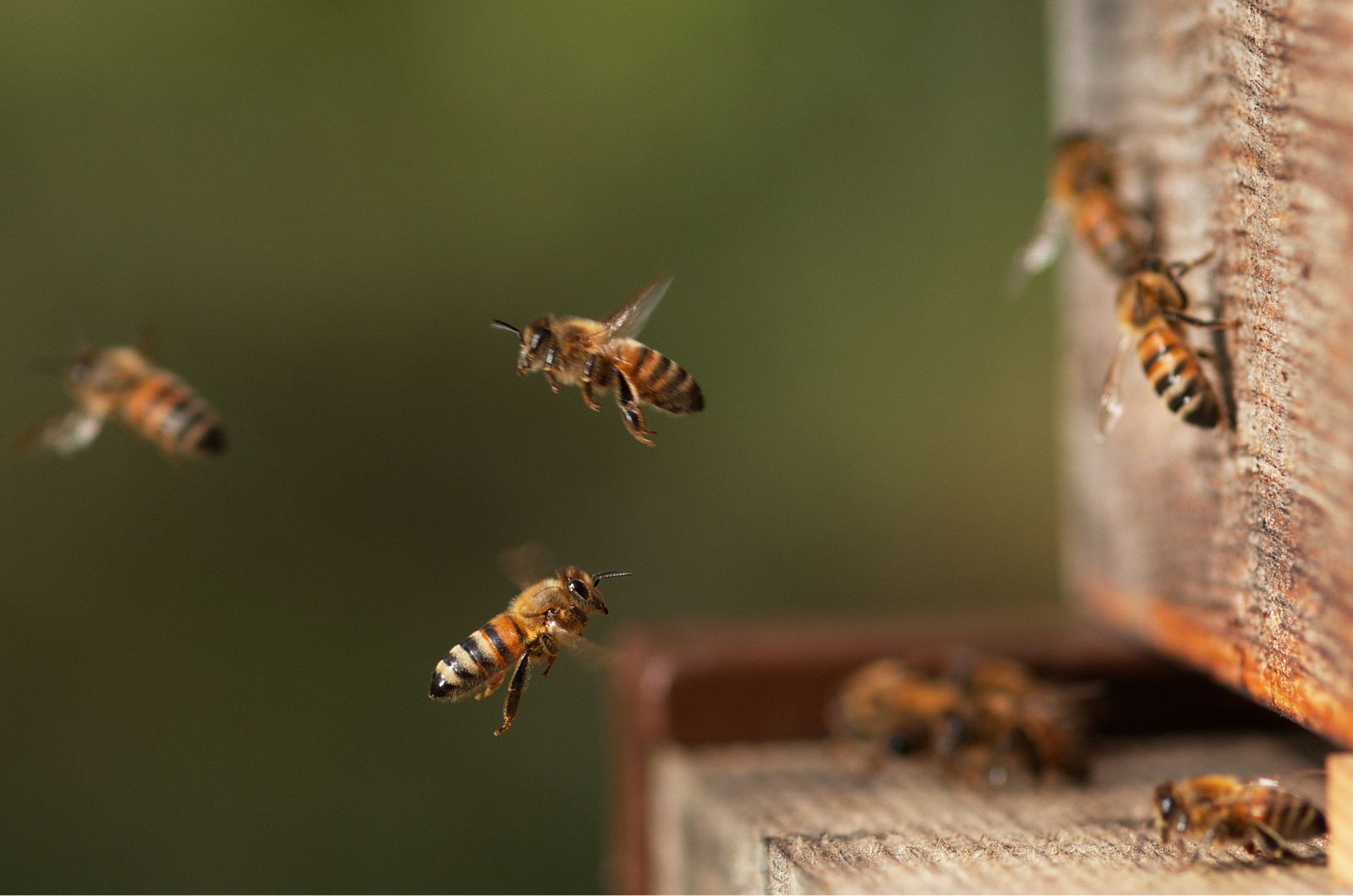
Forget texting, bees have their own form of communication: dancing.
Ever heard of the waggle dance? When a worker bee finds a prime nectar source, she flies back to the hive and performs a wiggly figure-eight dance.
The angle and length of the dance tell her fellow bees exactly where to find the good stuff, including the distance and direction of the flowers based on the position of the sun.
The longer the dance, the better the food source. This quirky form of navigation keeps the entire colony working together like a well-oiled machine.
Imagine giving directions with just your hips!
7. Bees Are Surprisingly Fast
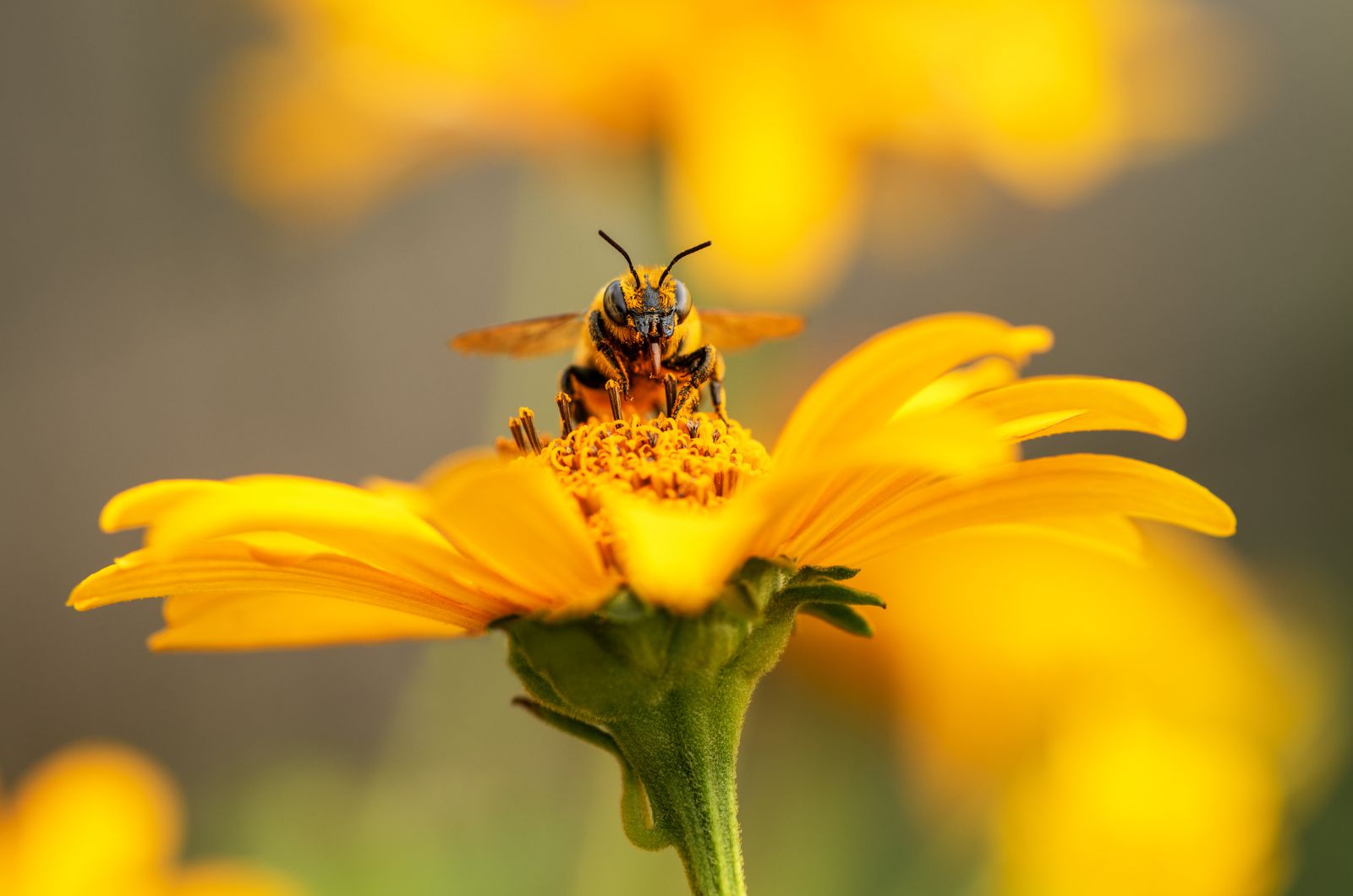
You’d think those tiny wings wouldn’t get a bee very far, but honey bees can zip around at speeds up to 15 miles per hour. That’s faster than most people can run!
When they’re on a mission, bees mean business. They don’t just fly fast, they also flap their wings around 200 times per second, creating that familiar buzzing sound.
Their wings might be small, but they’re built for speed and efficiency. While they’re not the fastest insects out there, they’ve got stamina for long-distance travel, sometimes covering miles in a single trip to find the best nectar.
Basically, bees are tiny, turbocharged pollinators with wings that work harder than your average fitness coach.
8. Queen Bees Lay Thousands Of Eggs
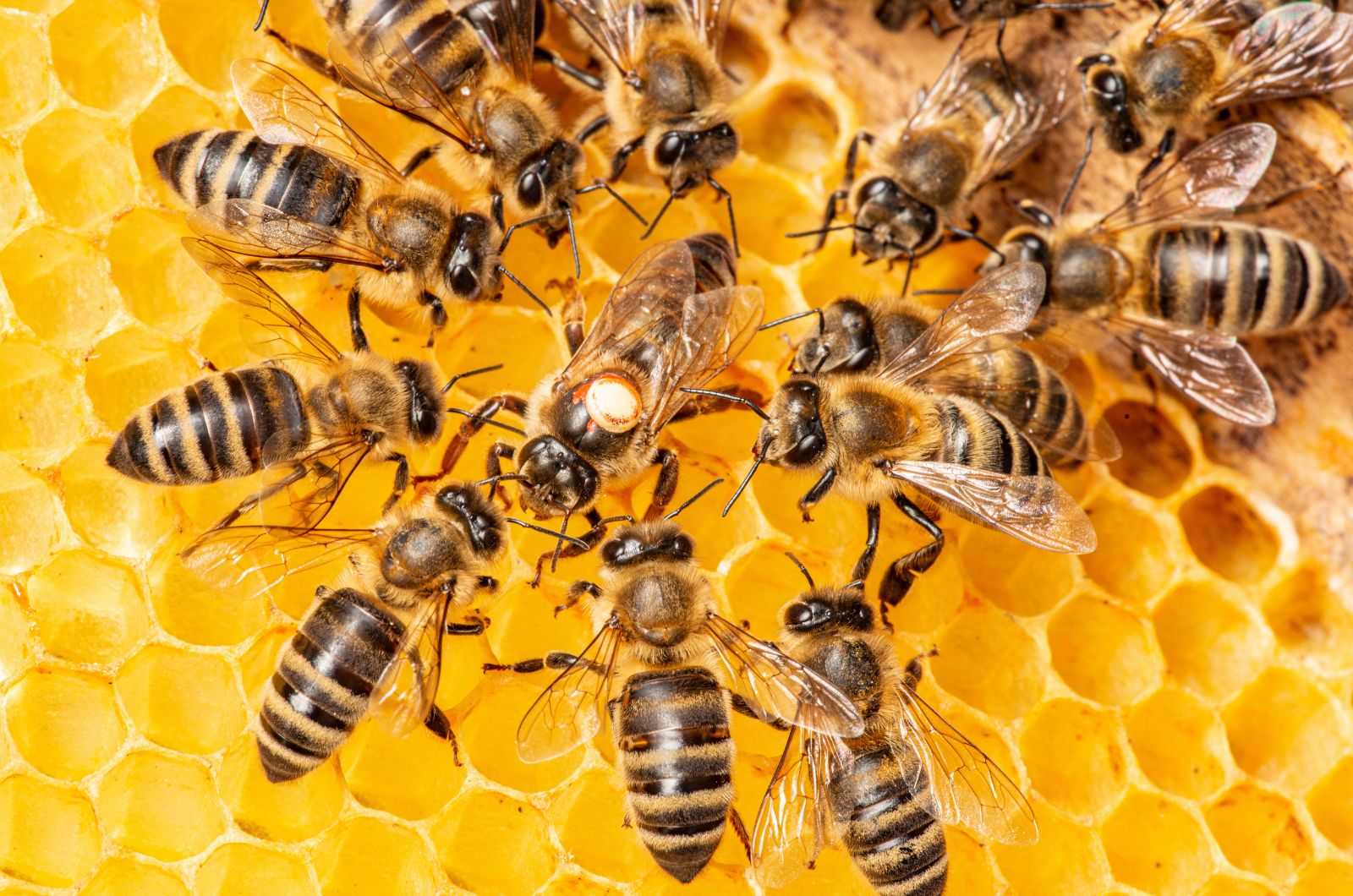
When it comes to multitasking, the queen bee puts everyone else to shame. She can lay up to 2,000 eggs per day – yes, per day.
That’s her full-time job, and the entire hive depends on her ability to keep the population thriving. While the workers buzz around managing the hive, the queen focuses solely on reproduction.
She even gets royal treatment. Worker bees feed her royal jelly, a protein-packed superfood, to keep her strong and fertile. But being queen isn’t all glamour. If a new queen hatches, the hive may oust the current monarch in a dramatic power shift. Talk about intense bee politics!
Despite the drama, the queen’s egg-laying skills keep the colony alive, making her the true heart of the hive.
9. Bees Keep Their Hives Clean
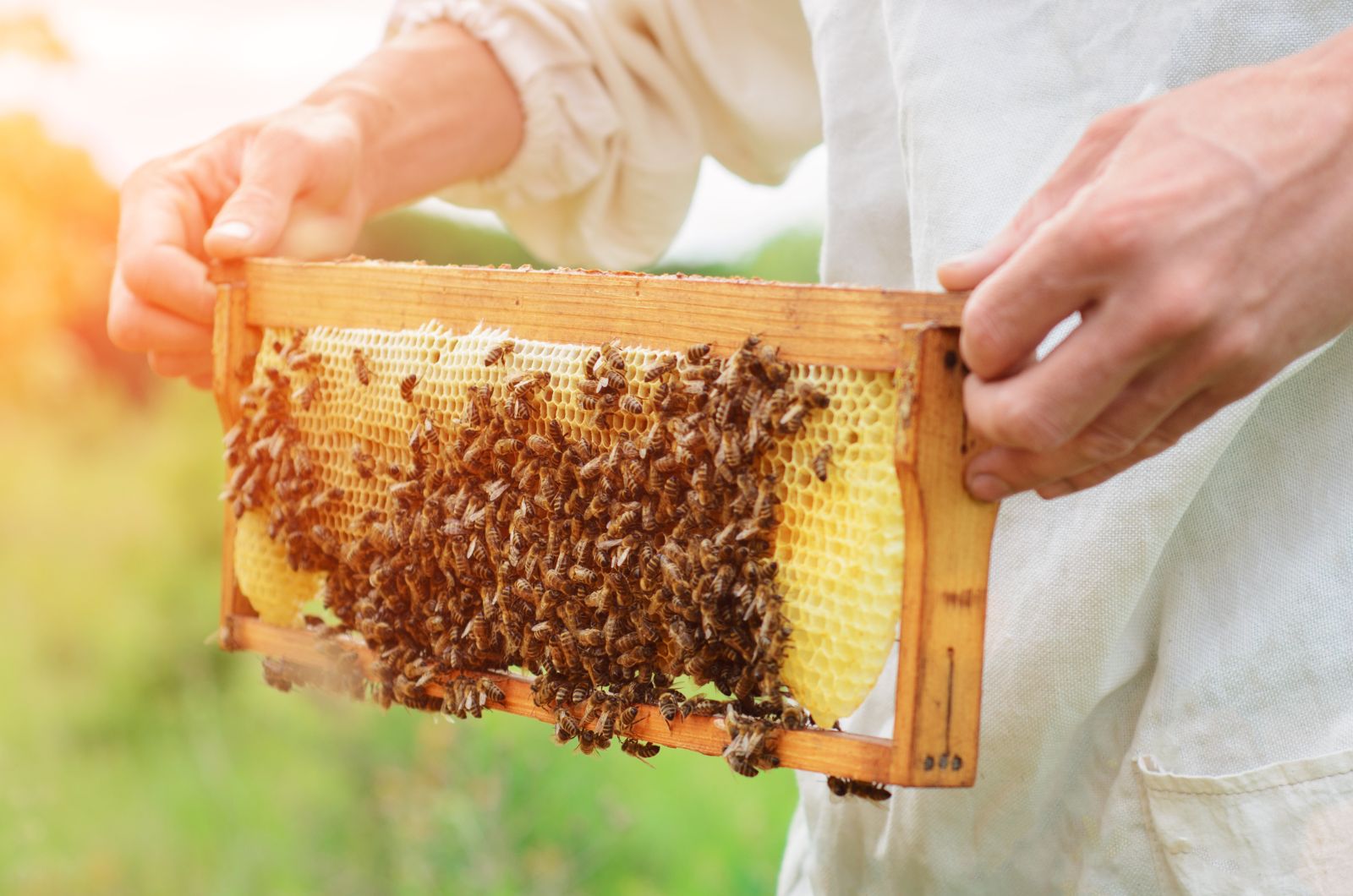
Honey bees take clean freak to a whole new level. The hive is kept spotless, with worker bees constantly removing debris, dead bees, and even unwanted intruders.
They’re so dedicated to cleanliness that they create separate zones for food storage, baby bees, and waste – like a perfectly organized tiny house.
If something can’t be removed, worker bees seal it off with propolis, a natural resin they collect from plants, effectively mummifying it to keep germs out. Ever seen a bee carrying a speck of dirt out of the hive? That’s hive hygiene in action.
Cleanliness keeps the colony healthy, proving once again that bees are not just hard workers – they’re neat freaks too.
10. Bees Are Pollination Pros
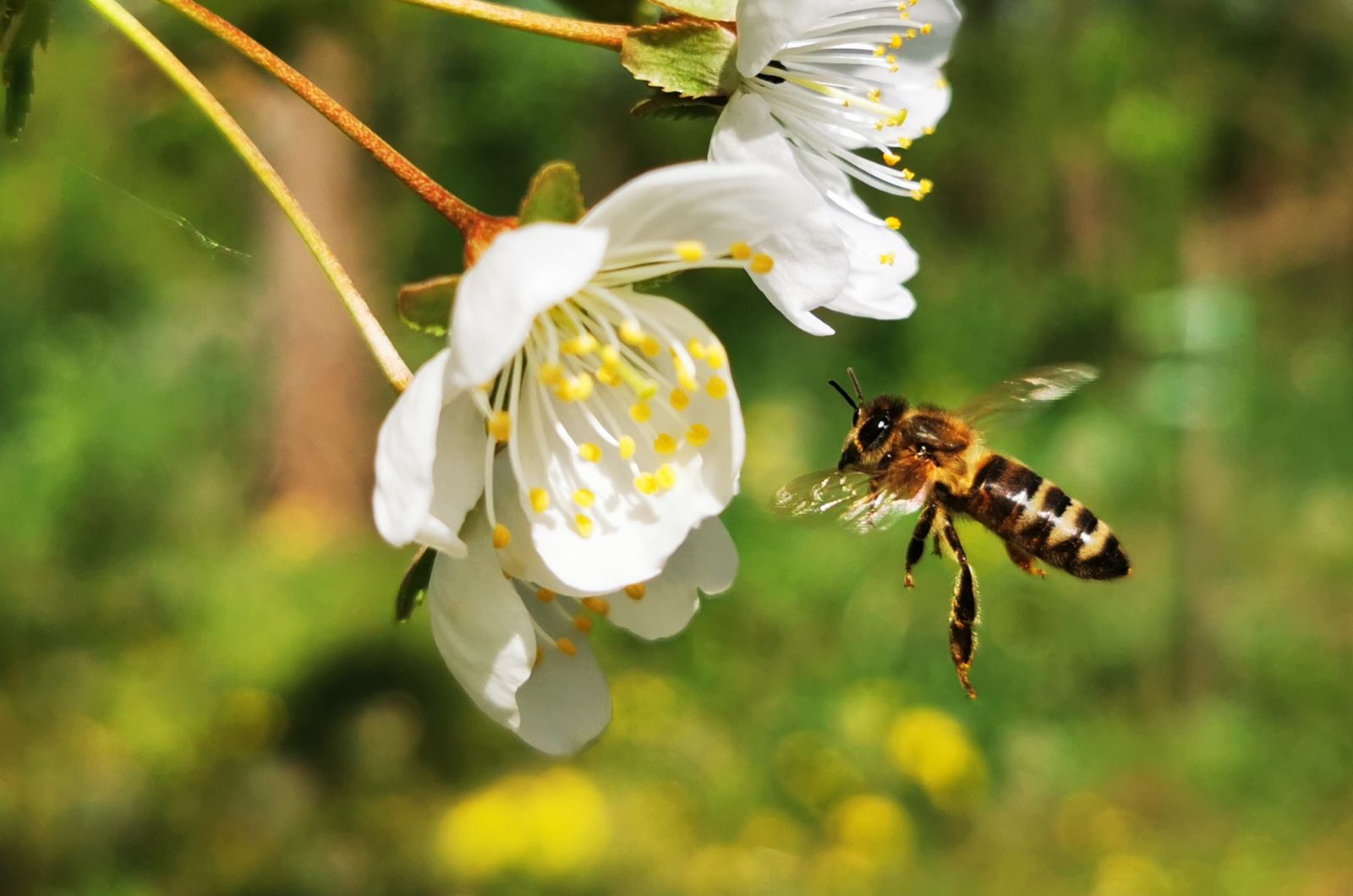
Honey bees are pollination MVPs, helping fertilize over 80% of flowering plants and crops.
As they collect nectar, pollen sticks to their fuzzy bodies, transferring between plants and kickstarting the growth of fruits, veggies, and flowers.
Without bees, we’d be in serious trouble – foods like apples, almonds, and blueberries all depend on their pollination superpowers. Plus, they pollinate wild plants, keeping entire ecosystems balanced.
It’s no exaggeration to say bees are keeping the planet fed, one flower at a time.
So next time you see a bee buzzing near a flower, remember – they’re not just collecting nectar; they’re helping keep your next meal on the table.
Go, bees!

